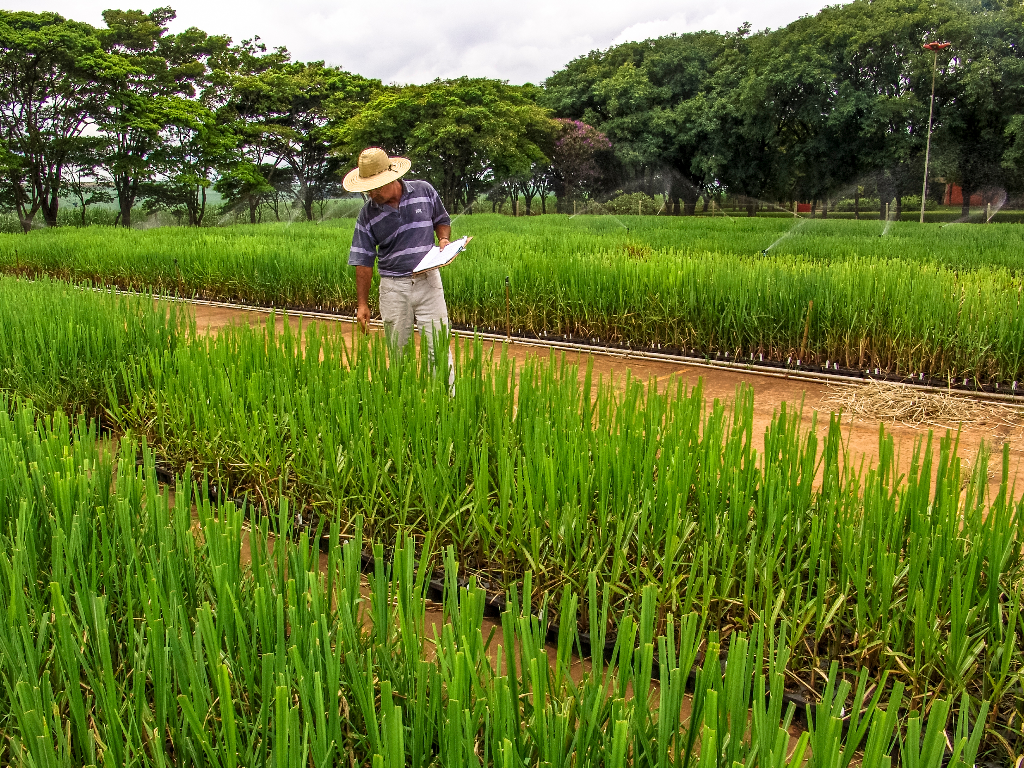Sugarcane, a versatile and valuable crop, plays a crucial role in the production of sugar, ethanol, and various other byproducts. However, like any agricultural endeavor, sugarcane cultivation is not without its challenges. To ensure a bountiful harvest and maximize yields, farmers need to be aware of the potential hazards that can impede sugarcane growth. In this blog, we will explore the common hazards faced by sugarcane growers and discuss effective strategies to overcome them.
-
Water Stress: Water is the lifeblood of sugarcane. Adequate and consistent water supply is essential for optimal growth and development. Unfortunately, water stress caused by drought conditions or irregular irrigation practices can severely impact sugarcane yields. Implementing efficient irrigation systems, monitoring soil moisture levels, and employing water-saving techniques such as drip irrigation can help mitigate water stress and ensure a steady supply of water to the crops.
-
Pests and Diseases: Sugarcane is vulnerable to a wide range of pests and diseases that can wreak havoc on the crop. Aphids, borers, white grubs, leaf scald, smut, and mosaic viruses are just a few examples of the potential threats. Integrated Pest Management (IPM) techniques, including regular monitoring, biological controls, and judicious use of pesticides, can help manage these pests effectively. Similarly, disease-resistant varieties, crop rotation, and sanitation practices can minimize the risk of diseases and keep the sugarcane plants healthy.
-
Weed Competition: Weeds are relentless competitors, stealing valuable resources from sugarcane plants. Uncontrolled weed growth can reduce yields and hinder the overall growth of the crop. Implementing effective weed management strategies such as pre-emergence and post-emergence herbicides, manual weeding, mulching, and cover cropping can help suppress weeds and maintain a weed-free sugarcane field.
-
Nutrient Deficiencies or Imbalances: Sugarcane requires a balanced supply of nutrients for optimal growth. Deficiencies or imbalances in essential nutrients such as nitrogen, phosphorus, potassium, and micronutrients can hinder plant development and productivity. Conducting regular soil tests, using organic fertilizers, and adopting precision nutrient management practices can ensure that the crop receives the necessary nutrients in the right proportions, promoting healthy growth and high yields.
-
Extreme Temperatures: Sugarcane thrives in warm tropical and subtropical climates. However, both excessively high temperatures and cold temperatures can adversely affect its growth. Heat stress can cause dehydration, reduce photosynthesis, and affect sugar accumulation, while frost or freezing temperatures can damage the plant tissue. Implementing shade nets, employing irrigation to cool the crop during heatwaves, and selecting heat-tolerant varieties can help mitigate the impact of extreme temperatures.
-
Soil Conditions: Healthy soil is vital for sugarcane growth. Poor drainage, soil compaction, and acidic or alkaline soil conditions can restrict root development and nutrient uptake, hampering overall plant growth. Conducting soil tests, implementing proper soil management practices, such as soil aeration and organic matter incorporation, and applying appropriate soil amendments can enhance soil health and provide an optimal growing environment for sugarcane.
-
Flooding: Excessive or prolonged flooding can be detrimental to sugarcane crops. Oxygen deprivation in the root zone, root rot, nutrient leaching, and increased vulnerability to diseases are some of the risks associated with flooding. Implementing proper land leveling, improving drainage systems, and selecting flood-tolerant varieties can help minimize the damage caused by flooding events.
-
Environmental Factors: Natural disasters like hailstorms, strong winds, and hurricanes can cause physical damage to sugarcane plants.

